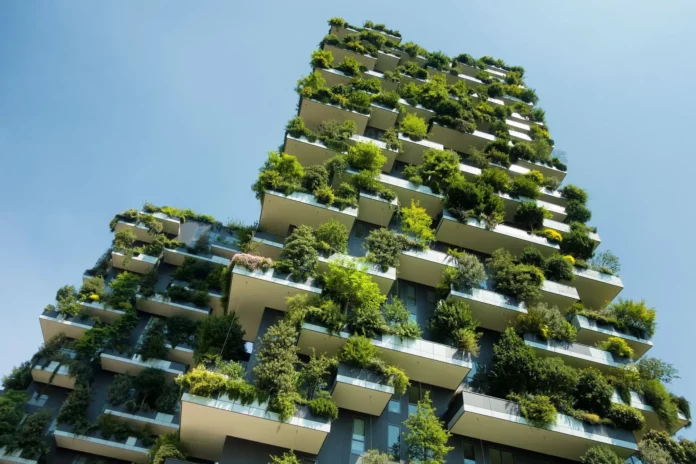The construction industry is undergoing a transformative shift with a growing emphasis on sustainability. From innovative materials to eco-conscious practices, the burstiness of sustainable construction initiatives is reshaping the future of building. Let’s delve into the perplexity of these initiatives that are propelling the industry towards a more environmentally friendly and socially responsible path.
Green Building Certification: Setting Standards for Sustainability
The burstiness of green building certifications, such as LEED (Leadership in Energy and Environmental Design) and BREEAM (Building Research Establishment Environmental Assessment Method), is driving sustainable practices. These perplexing standards provide a comprehensive framework for designing, constructing, and operating buildings with minimal environmental impact. The burstiness of certifications encourages a wide adoption of sustainable principles in construction projects.
Net-Zero Energy Buildings: Redefining Energy Efficiency
The perplexity of net-zero energy buildings is a burstiness that takes sustainability to the next level. These structures aim to produce as much energy as they consume, contributing to a more balanced and eco-friendly grid. The burstiness of this initiative involves incorporating renewable energy sources, energy-efficient design, and advanced technologies to minimize the environmental footprint of buildings.
Circular Economy in Construction: Minimizing Waste
The burstiness of the circular economy concept in construction is reshaping how materials are sourced and used. This perplexity encourages a regenerative approach, minimizing waste by reusing, recycling, and repurposing materials. The burstiness of circular economy initiatives promotes a more sustainable lifecycle for construction materials, reducing the industry’s environmental impact.
Sustainable Materials and Green Innovation
The perplexity of sustainable materials is a burstiness that is at the forefront of sustainable construction. From bamboo and recycled steel to eco-friendly concrete alternatives, the burstiness of material innovation is diversifying choices. These materials not only contribute to energy efficiency but also reduce the depletion of natural resources, aligning with the principles of sustainable construction.
Green Roof and Living Wall Initiatives: Enhancing Urban Biodiversity
The burstiness of green roof and living wall initiatives introduces a perplexity of nature into urban landscapes. These sustainable practices involve covering rooftops with vegetation and installing vertical gardens. The burstiness of green infrastructure not only enhances building energy efficiency but also contributes to improved air quality, biodiversity, and overall urban well-being.
Community-Centric Design: Prioritizing Social Sustainability
The perplexity of community-centric design is a burstiness that recognizes the importance of social sustainability. This initiative involves engaging communities in the planning and design process, ensuring that construction projects meet the needs and preferences of the local population. The burstiness of community-centric design fosters a sense of ownership and inclusivity, contributing to the overall success and acceptance of sustainable construction initiatives.
Renewable Energy Integration: Powering Sustainable Construction
The burstiness of renewable energy integration is reshaping the energy landscape of construction sites. From solar panels to wind turbines, the perplexity of renewable energy sources is reducing reliance on traditional, non-renewable power. The burstiness of this initiative aligns with broader sustainability goals, decreasing carbon emissions and promoting a cleaner energy future for the construction industry.
Regulatory Push for Green Building Codes
The perplexity of regulatory initiatives supporting green building codes is a burstiness that enforces sustainable practices. Governments and municipalities are increasingly adopting building codes that prioritize energy efficiency, water conservation, and environmentally friendly construction materials. The burstiness of these regulations provides a framework for the industry to follow and encourages the widespread adoption of sustainable construction practices.
Conclusion: A Burstiness of Progress towards a Sustainable Future
As the construction industry embraces sustainable initiatives, the burstiness and perplexity of progress are evident. From energy-efficient buildings to community-engaged design, these initiatives are shaping the industry’s future. The burstiness of sustainable construction not only benefits the environment but also promotes resilience, innovation, and a more socially responsible approach to building tomorrow.















